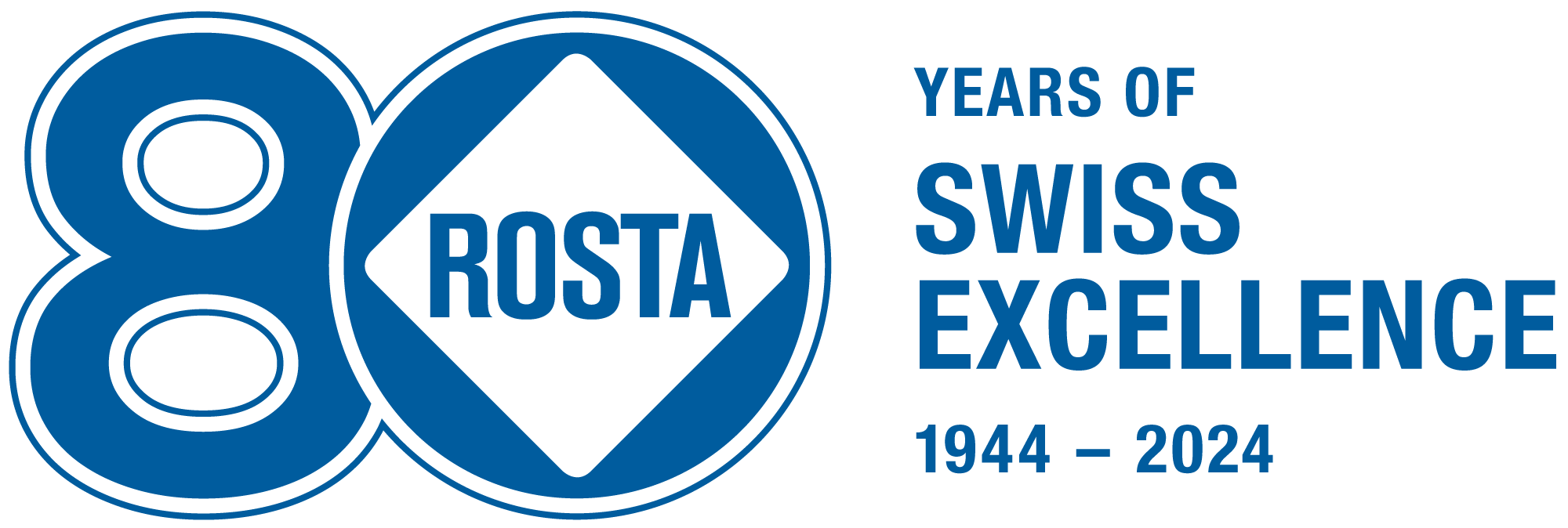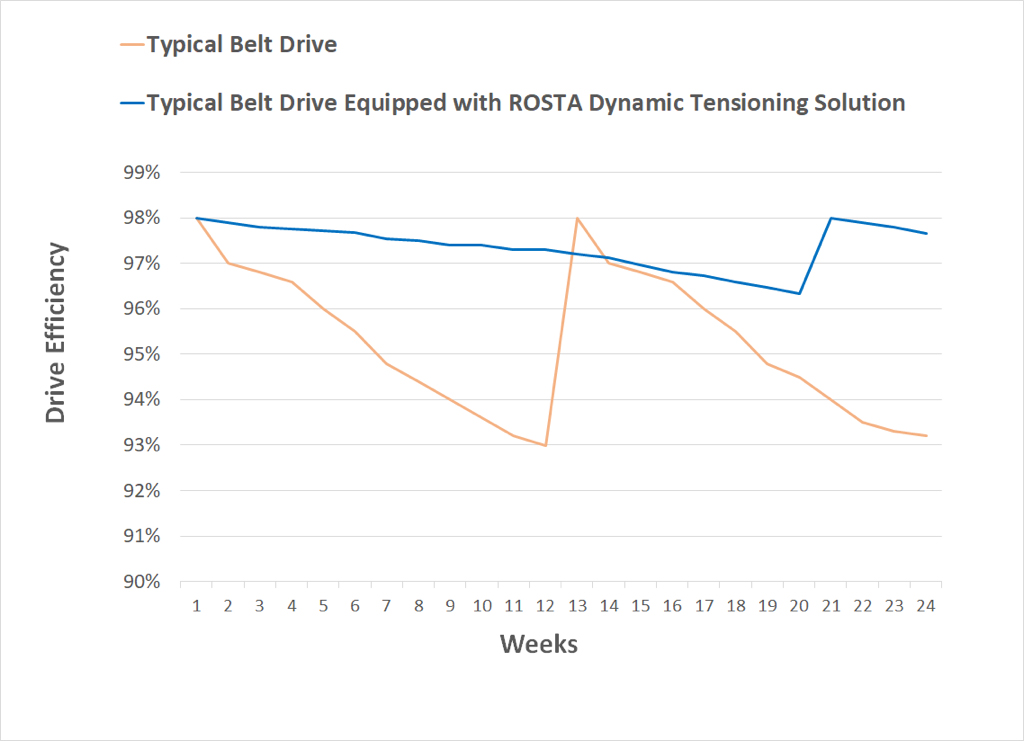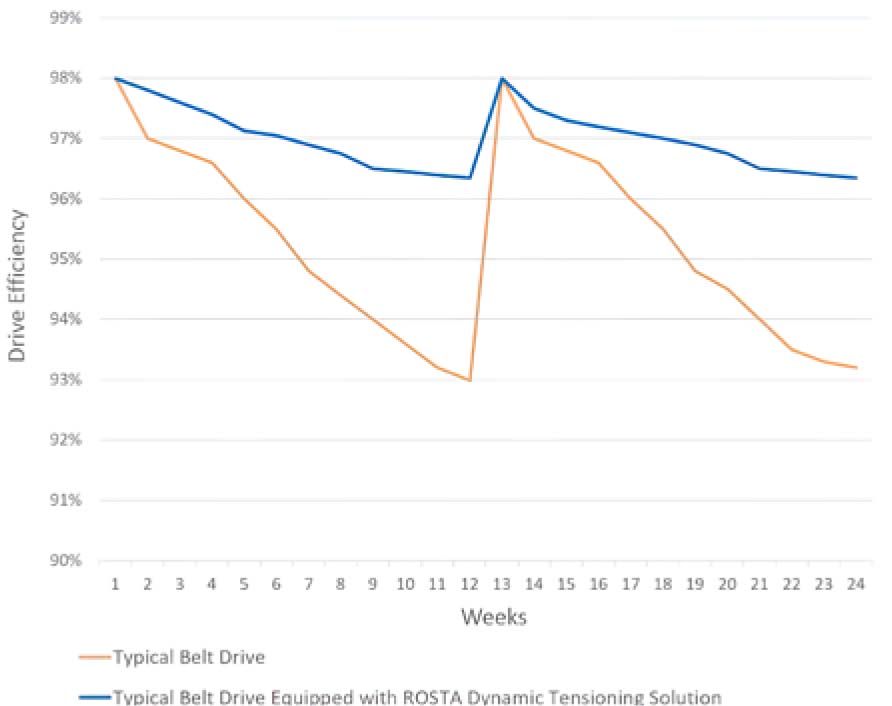国家/地区
电机功率
数量。机动车的数量
每年工作周数
每天工作时间
每周工作天数
电费 [ARS 每千瓦时]
ARS每千瓦时二氧化碳的克数
典型的三角皮带传动,定期手动调整皮带张力
估计的CO2e排放量
吨/日
0.73
吨/年
211.5
所选电机的估计电力成本
每天 ARS
9,129
每年ARS
2,629,018
采用ROSTA动态张紧技术的相同的典型三角带传动装置
平均减少的CO2e排放量
吨/日
0.03
吨/年
9.0
平均节省的电力成本
每天 ARS
388
每年ARS
111,873


